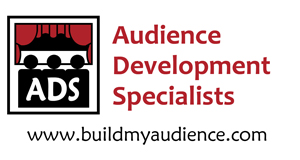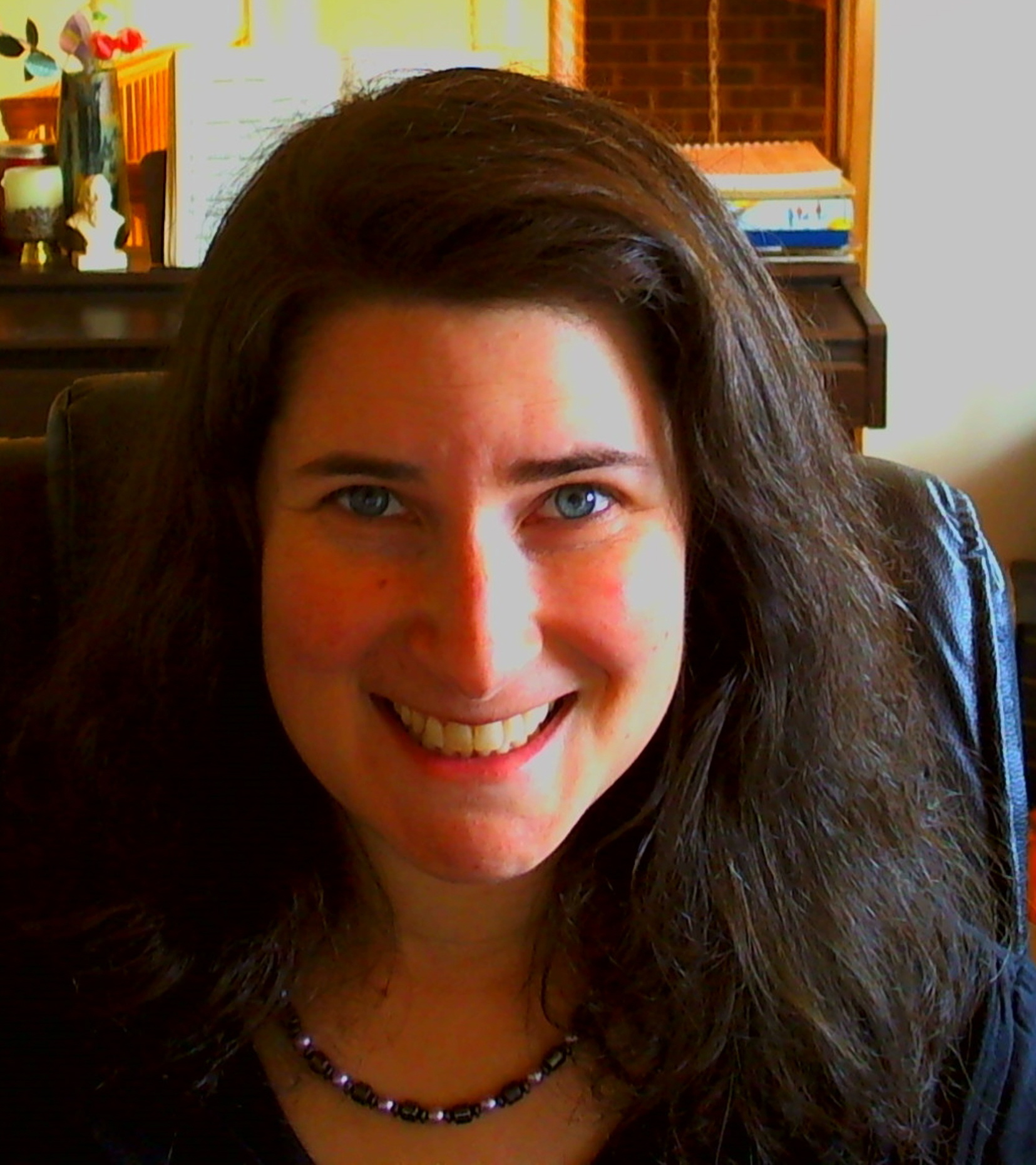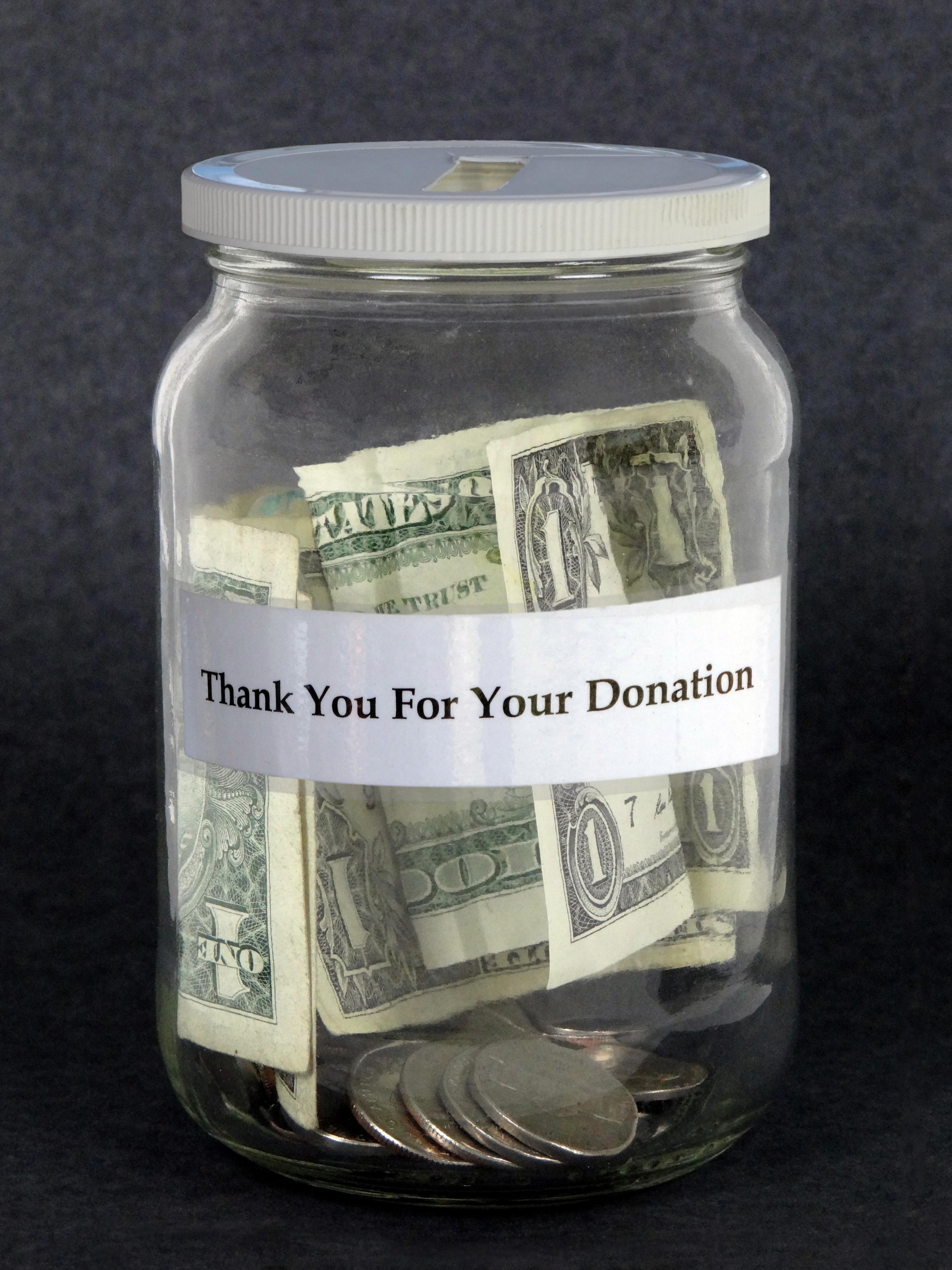I am currently researching for our upcoming webinar, Participatory Classical music. In my research, I have found that there seems to be two camps that have formed in the classical music world, those that are open to attempting new music, new formats, new ways of allowing the audience to participate, and those that simply want the art form to remain the same with focus on educating the audiences again to listen to the masterpieces.
I happen to be right smack dab in the middle of these two camps. On the one hand, I understand how classical music is an art form that requires the patience to listen in order to really understand and enjoy. I love listening to the “classics.” However, I do agree that times have changed and we need to change too in order to reach new audiences to keep the art form alive. So, how can we breathe new life into classical music?
I’ll tell you one thing, we cannot keep standing on our pedestals and expect the audience to be trained to come to us and to listen quietly with hands folded in their laps. The audience numbers are proving that the next generations rather not. The newer generations want a new experience, their own experience. This means that our art form needs to change as well if we still want an audience that will support us. Can we be true to the music by sharing the music in new ways? Can we be true to the music by introducing new music? I think we can.
Classical music has been resistant to change for decades. I was reading an article where it states that Bartók is considered “new music” in terms of programming. Bartók? Béla Bartók passed away in 1945, close to 70 years ago! There are composers in our time that are still alive, and they are clamoring to be heard, yet we rarely allow music of today to be programmed. Why does classical music stand in its own way of being open to the new? Yes, the current audience may take offense to some of the new works, yet they won’t know what new works they would enjoy unless we help to guide them. In our attempts to appease our current audience, we are failing to educate them and expand their horizons. The other art forms are open to new works of art, in fact, they welcome new art. New art can bring a new audience. Premieres are exciting and keep the other art forms hopping. New works can breathe new life into an art form.
Do you think Beethoven would only want to listen to Beethoven if he were alive today? He would want to be challenged by new works.
We are failing our potential audiences too. When we take a stance to not attempt new presentational formats, we are closing the door to these new audiences. We can look to Mozart in considering the format of classical music presentation. Do you think Mozart would want his audience to be dead silent during his performances? He liked to feed off of his audiences’ reactions. It improved his performance. He also loved to improvise. Your performances can feel more active too when your audience is more active, which is a major benefit. Musician lethargy is apparent in many performances. Our being open to the new will help musicians come alive too. Our audiences will like this.
Mozart traveled to share his music. I am happy to see more organizations traveling and performing at a variety of venues (even at local bars) to reach new audiences, but we can do so much more as a whole.
New works, new formats, new venues. Think of it this way – we need the new so we can keep the masterpieces alive.
During my research for the upcoming webinar, I am finding examples of new formats and new ways of getting your audience involved. Not all new formats need to go to the lengths of having the audience be on stage or be physically, vocally active during the performance. Although, there have been some very effective attempts. What matters more is implementing ways where the audience is part of the process, before, during and after.
Audiences, in general, want to be more involved. Some members rather simply listen passively during the performance, but before and after, they may want to be more active. Others rather be participating during the performance. We have a new range of audiences to be considered now, but the fact that they all want to be more involved is prevalent.
The death of classical music has been brought up for decades. The only way we can continue to keep this art form alive is to allow some wiggle room for the new. I am confident that we can breathe new life into classical music, if we want to.
Cheers to happy and loyal audiences,
Shoshana
Shoshana Fanizza
Audience Development Specialists
https://www.buildmyaudience.com
“Never treat your audience as customers, always as partners.”
~James Stewart
Although we are not a non-profit, if you would like to support ADS to continue our work, you can donate here.
New eBook! The How of Audience Development for the Arts: Learn the Basics, Create Your Plan






Even though I love the classics and will always treasure them as a part of my soul, I’m leaning toward the development of “new Classics.” We all need to grow and change.
Thank you for stopping by, Deb. I think there is a way to honor the classics yet allow the new to be heard as well. Thanks again for commenting!
[…] Specialists Blog! Skip to content HomeAboutWhat is Audience Development?Contact ← Audience Development and breathing new life into classical music January 19, 2012 · 12:28 pm ↓ Jump to […]
[…] just screams pretension to so many people. Shoshana Fanizza, audience specialist, writes in her blog that, music organisations need to become more creative and première newer art forms. Rather than […]